The first domestic plane: a hundred years Gakkel's airplane
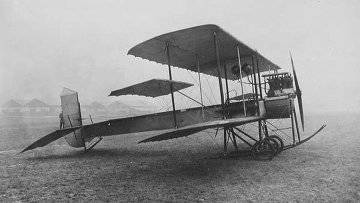 June 19, 1910 (according to the new style) can be considered one of the birthdays of the Russian aviation - then, a hundred years ago, an airplane, which was fully developed and built in Russia, first flew into the Russian sky.
June 19, 1910 (according to the new style) can be considered one of the birthdays of the Russian aviation - then, a hundred years ago, an airplane, which was fully developed and built in Russia, first flew into the Russian sky.The device, bearing the name "Gakkel-III", was designed by 34-year-old hereditary engineer Jacob Modestovich Gakkel, a teacher at the St. Petersburg Polytechnic Institute, one of the founders of the capital's tram and the builder of the first power line in Russia - in the Lena gold mines.
Like many talented engineers, Gakkel did not pass by the then fashionable hobby of aviation. In the spring of 1910, he builds a workshop in New Village next to the curfew near St. Petersburg, where he begins work on his airplanes.
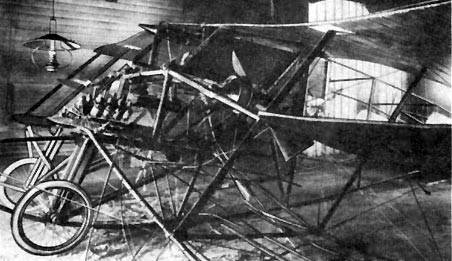
Gakkel's first car, the Gakkel-I, died without rising into the air, igniting during engine testing. The second car, the Gakkel II, was unable to take to the air due to the unsuccessful design and was rebuilt into the Gakkel III, which, as a result, made a successful first flight. This airplane did not make long flights because of an unreliable motor, but it left its mark in aviation.
True, the honor of the first flight on the apparatus of domestic construction is challenged by another Russian aircraft designer, professor of the Kiev Polytechnic Institute, engineer Kudashev, about whose flight a note in the press was preserved: “The test flight of Professor Kudashev's polytechnic institute on a plane of his own design took place at an insignificant height.”
However, unlike Gakkel, Kudashev did not warn the official authorities about the flight and his success was not documented.
Jacob Gakkel continued to work on new aircraft: in 1910-12, he created the successfully flying Gakkel-IV, Gakkel-V (the first amphibian aircraft in Russia) and Gakkel-VI after a breakdown on testing, improved and rebuilt under the index "Gakkel-VII." It was the only one of all the aircraft submitted to the “First Military Competition of Aircraft Built in Russia” conducted by the War Department, which withstood all the conditions of a complex program. The plane even took off and landed on a plowed field.
[Center]
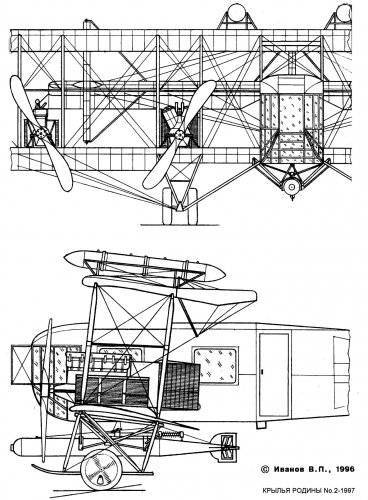
"Gakkel-VII" was the most successful aircraft Jacob Gakkel. During the execution of the competition program, the pilot Gleb Alekhnovich made 23 September 1911 September five times in a row the flight Petersburg - Gatchina, overcoming total 200 km with an average speed 92 km / h and September 24 - a flight of three and a half hours with strong wind. Gakkel's aircraft, the only one of all the aircraft presented, carried out the competition program. However, it was under this pretext that the Main Engineering Department considered the competition to be failed and Ya. M. Gakkel did not issue an award. The Gakkel-VII aircraft was acquired by the military department for 8 thousand rubles.
Obedient to manage, with a very strong chassis, "Gakkel-VII", as experts believed, could become a good training aircraft. However, the Gatchina school instructors, accustomed to the French "Farman", did not begin to master an unfamiliar machine. They even forgot to drain the radiator water, and on the very first frosty night the radiator was broken by ice. There was no new engine, and the plane was scrapped.
More fortunate was the fate of the second copy of Gakkel-VII, built at the beginning of 1912. At the Second International Aeronautics Exhibition in Moscow (March 25 - April 8 1912), he received the Big Gold Medal of the Moscow Society of Aeronautics. After the exhibition was closed, Gleb Alekhnovich flew it. In the course of competitions held in May of 1912, Gleb Vasilyevich set a record height for biplanes - 1350 meters on the “Gakkele-VII”.
The lack of orders for the serial construction of the aircraft forced Gakkel to move away from the active construction of new machines, although he continued to design new vehicles. Later Jacob Gakkel became known as the creator of the first domestic diesel locomotive, built in Leningrad 5 August 1924, and later his main work was related to transport. Professor LIIZhT (former University of Railways) Yakov M. Gakkel died in Leningrad December 12 1945.
- Ilya Kramnik
- http://rian.ru"rel =" nofollow ">http://rian.ru
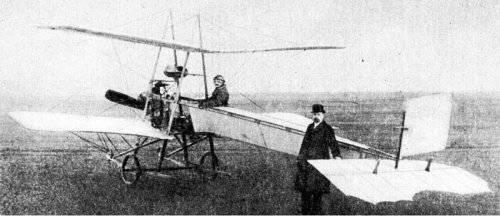
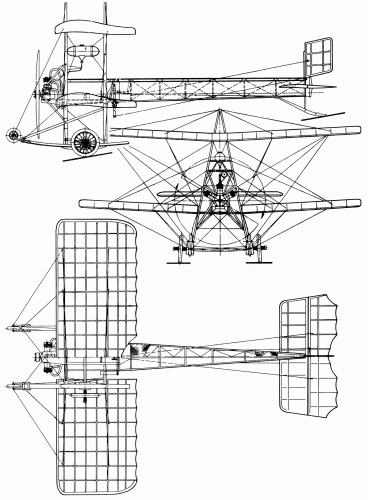
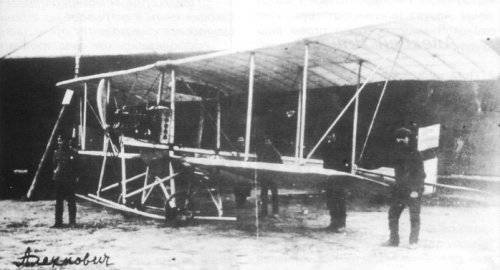
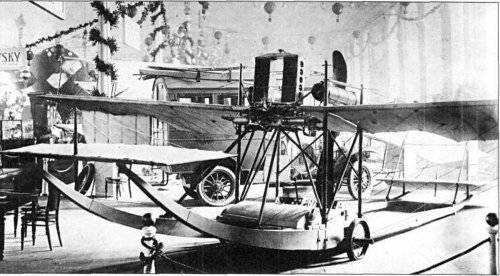
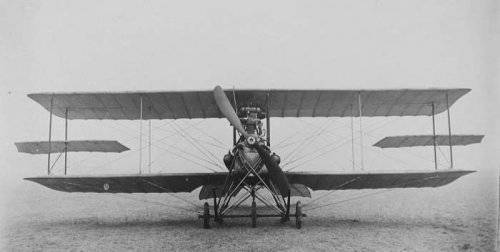
Information